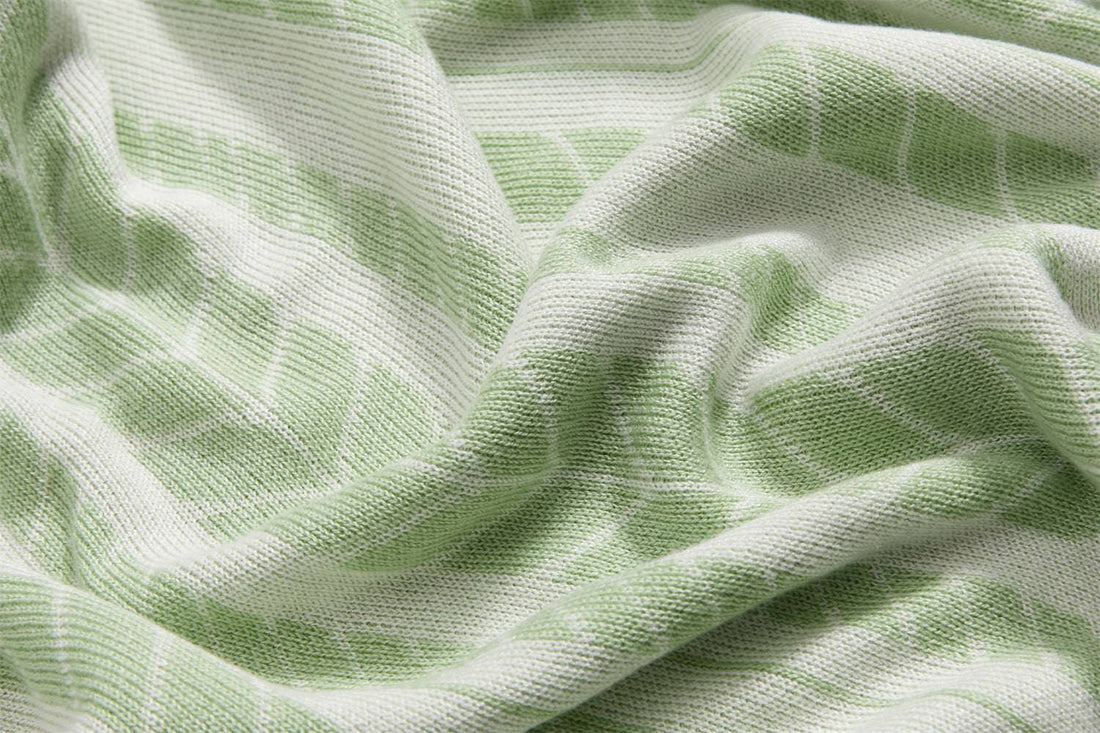
The Wonders of Bamboo Fiber: A Sustainable and Versatile Material
Bamboo fiber has emerged as a revolutionary material in various industries, offering a blend of sustainability, comfort, and versatility. This eco-friendly alternative to traditional materials makes fashion, home textiles, and beyond waves.
What is Bamboo Fiber?
Bamboo fiber is derived from the pulp of bamboo plants, specifically from species most similar to timber. The process of transforming bamboo into fiber for bedding and blankets involves several steps:
1. Harvesting: Mature bamboo stalks, typically 2-4 years old, are cut just above the root, allowing for regeneration.
2. Processing: The harvested bamboo is cut into smaller pieces and transported to manufacturing facilities.
3. Fiber Extraction: There are two main methods to extract bamboo fibers:
a) Mechanical Method: The bamboo is crushed and natural enzymes are applied to break down its cellular structure. The resulting pulp is then mechanically combed to extract fibers.
b) Chemical Method (more common): The bamboo is soaked in a sodium hydroxide solution and then treated with carbon disulfide to create a viscose solution. This solution is then forced through spinnerets into a sulfuric acid bath, where it hardens into fiber threads.
4. Spinning: The extracted fibers are spun into yarn using a process similar to that used for other natural fibers.
5. Weaving: The bamboo yarn is woven or knitted into fabric. Different weaving patterns, such as twill or sateen, can be used to create various textures and properties in the final product.
6. Finishing: The fabric undergoes final treatments, including softening, dyeing, or adding specific properties like moisture-wicking capabilities.

The resulting bamboo fiber, when used in bedding and blankets, combines the strength of bamboo with a soft, luxurious feel. It's known for its breathability, moisture-wicking properties, and hypoallergenic nature, making it an excellent choice for comfortable and sustainable bedding products.
Benefits of Bamboo Fiber
Natural Breathability
Bamboo fiber is highly porous, allowing for excellent air circulation. This property makes bamboo-based products naturally breathable, helping regulate temperature and keeping users comfortable in various conditions.

Owning a 100% bamboo blanket is a good choice to keep you cool and comfortable in Singapore's humid weather.
Hypoallergenic Properties
One of the standout features of bamboo fiber is its hypoallergenic nature. It's naturally resistant to dust mites, mold, and mildew, making it an ideal choice for those with allergies or sensitive skin. Bamboo bedding is an excellent option for individuals prone to allergies or skin irritations.
Moisture-Wicking Abilities
Bamboo fiber excels at absorbing and wicking away moisture. This quality keeps users dry and comfortable in bedding, clothing, or other applications.
Unparalleled Softness
Products made from bamboo fiber are renowned for their luxurious softness and silky texture. The smooth fibers are gentle on the skin, providing a cozy and comfortable experience.
Environmental Sustainability
Choosing bamboo fiber products is an eco-friendly decision. Bamboo is a highly sustainable material that grows rapidly with minimal environmental impact, making it a greener alternative to many traditional materials.
You choose more environmentally conscious by opting for bamboo bedding or other bamboo-based products.
Applications of Bamboo Fiber
Bamboo fiber's versatility allows for its use in a wide range of products:
1. Bedding: Sheets, blankets, and pillowcases
2. Clothing: T-shirts, underwear, and socks
3. Home textiles: Towels, bathrobes, and curtains
4. Personal care: Washcloths and baby products
 Photo from Prozily 100% Bamboo Blanket | Natural Cooling Silky-touching
Photo from Prozily 100% Bamboo Blanket | Natural Cooling Silky-touching
Caring for Bamboo Fiber Sheets and Blankets
To maintain the quality of bamboo fiber items:
1. Wash in cold or lukewarm water on a gentle cycle
2. Use mild, eco-friendly detergents without bleach or fabric softeners
3. Avoid washing with rough fabrics to prevent pilling
4. Air dry when possible, or use low heat in the dryer
5. Store in a cool, dry place away from direct sunlight
